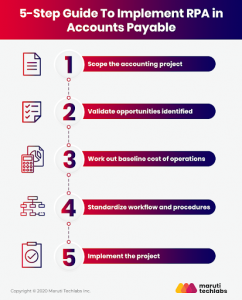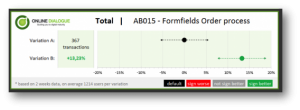 It’s safe to say that social media changed the face of digital marketing. Before the arrival of platforms like Facebook or Twitter, brands couldn’t imagine being able to build such close relationships with their audiences or have real-time conversations with customers all over the world. The key to leveraging your presence on social networks is close monitoring of user activity – otherwise called social listening. Here’s a guide to social listening for improving your online marketing strategy.
It’s safe to say that social media changed the face of digital marketing. Before the arrival of platforms like Facebook or Twitter, brands couldn’t imagine being able to build such close relationships with their audiences or have real-time conversations with customers all over the world. The key to leveraging your presence on social networks is close monitoring of user activity – otherwise called social listening. Here’s a guide to social listening for improving your online marketing strategy.
Why listen to social media?
To fully benefit from everything social listening has to offer, you should have an idea about how other marketers apply insights gathered with social listening tools. Here’s what you can learn from listening to your audience:
- You’ll understand user behavior – paying close attention to topics your audience is talking about is the best strategy to gain valuable knowledge about their key problems and motivations. This can greatly impact your customer service. By providing solutions to specific issues, you’ll be able to significantly boost your content marketing as well.
- You’ll gain access to powerful marketing analytics – social listening is also a way to learn about your brand. You can see what is being said, who is saying it and where, or who are the main influencers in the sector. Leveraging such topic insights will improve your content marketing, SEO and PPC strategies.
- You’ll improve your agility – when it comes to social media, timing is everything. One report showed that 53% of consumers who tweet a brand expect a response within an hour. Reaction time is key for communication and building a positive brand image. Social listening is an excellent strategy for keeping tabs on your audience and quickly identifying problems or negative comments.
- You’ll build a community – social listening tools help to track conversations, detect leads, identify potential buyers and define key influencers in the sector. Knowing this, you’ll be able to interact with customers in a meaningful way and build a community of loyal followers around your brand.
- You’ll improve sales – keeping an eye on what’s happening on social media, you’ll uncover conversations which indicate users’ intent to purchase your product, at the same time monitoring your competitors and their social media feeds.
- You’ll develop better products or services – another advantage of listening to your audience are opportunities for improving your product and services. You’ll know what kinds of problems consumers have with your product or services and what could be done to avoid them.
By gathering and analyzing data from various social media channels, you’ll uncover a host of valuable insights which will revolutionize your branding strategy. But how to start your adventure with social listening?
Social listening in practice
Fortunately, there are many free resources available on the web to help you take the first steps in the world of social listening. Here are some of the best tools around.
- Icerocket – this tools is perfect for scouring the blogosphere, but you can also research social media under a feature called ‘big buzz’. You’ll see activity on Twitter, Facebook, and even smaller networks like Flickr. Icerocket is your starting tool – it requires no registration or payment and it’s really intuitive to use.
- Klout – Klout promises to deliver insights about user engagement on the basis of Twitter activity. Needless to say, many marketers consider this too good to be true. Klout allows you to check what users are saying and who influences them most, so it’s always of value.
- Hootsuite – a classic social media management tool, Hootsuite helps to gather analytics data and generates valuable insights. It covers activity on giants like Facebook, Twitter, LinkedIn, but also Google+, Foursquare and WordPress blogs.
- Topsy – another favorite tool of many marketers, Topsy shows multimedia, blogs and social network activity. It provides email alert function for keywords tied to your Twitter or Facebook account. You’ll see data together with some basic analytics such as sentiment measurement. Free to use and no need for registering.
- Social Mention – Social Mention collects and analyzes lots of data scattered across different platforms like Facebook, Twitter, YouTube or even Photobucket. Its selection of basic analytics tools shows insights like the number of active sources or the general user sentiment towards a keyword.
- TweetReach – a tool specifically for Twitter analytics, TweetReach shows long-term repercussions of Twitter activity. You can see how far your tweets travel and measure the impact of social media interactions. The tool shows your most influential followers who can be of great help in sharing engaging content.
- TweetDeck – another tool dedicated to Twitter, TweetDeck is also a management tool where you schedule tweets, or monitor messages and interactions. You can easily manage several accounts at once or track relevant hashtags.
Now that you’re aware of why social listening is worth your time and know what kind of valuable insights it can bring you, you’re ready to start listening yourself. More knowledge about your audience equals better optimized marketing and branding, leading your business to an actual boost in sales.
Digital & Social Articles on Business 2 Community
(119)




